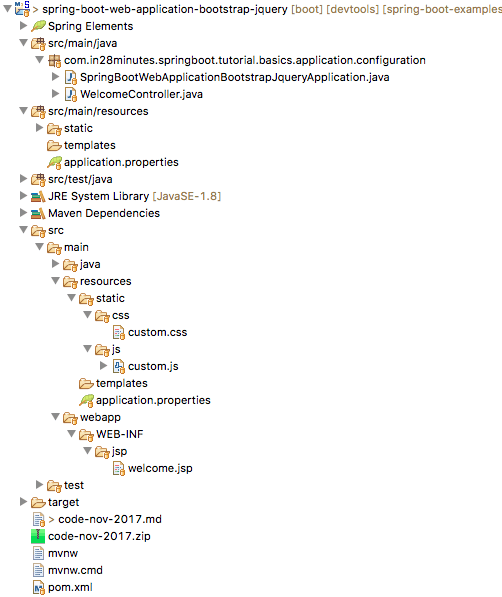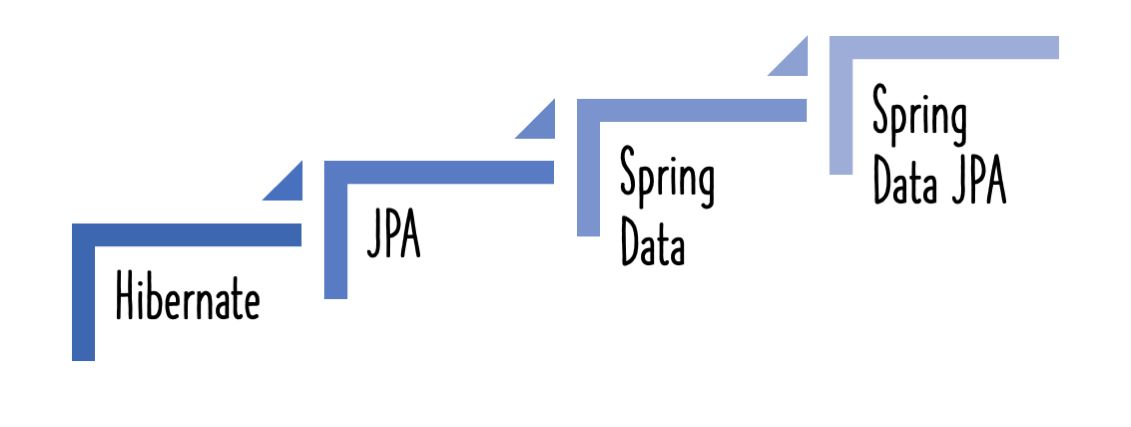
This post will show you how to connect Spring Boot to databases such as MySQL and Oracle.
You will learn
- How do I link a Spring Boot and JPA application to MySQL and Oracle?
- What should be set in application.properties?
- How do I create a database schema?
Step-by-Step Spring Boot Project Update
Let’s go over the five steps in connecting a Spring Boot application to a database.
You can use the example we created earlier for connecting to H2 in memory database as the starting point for this article- http://www.springboottutorial.com/hibernate-jpa-tutorial-with-spring-boot-starter-jpa
Step 1 - Add dependency for your database connector to pom.xml
Example for MySQL is shown below.
<dependency>
<groupId>mysql</groupId>
<artifactId>mysql-connector-java</artifactId>
</dependency>
If you wish to connect to an Oracle database, use a dependency like the one shown below.
<dependency>
<groupId>com.oracle</groupId>
<artifactId>ojdbc7</artifactId>
<version>12.1.0.1</version>
</dependency>
Step 2 - Remove H2 Dependency from pom.xml
Or atleast make its scope as test
<!--
<dependency>
<groupId>com.h2database</groupId>
<artifactId>h2</artifactId>
<scope>test</scope>
</dependency>
-->
Step 3 - Setup your My SQL Database
We would need to create a schema and tables for your database.
For an example, check out - https://github.com/in28minutes/jpa-with-hibernate#installing-and-setting-up-mysql
Step 4 - Setup your database connection.
Connect to your database using application.properties.
Below is an example of My SQL:
spring.jpa.hibernate.ddl-auto=none
spring.datasource.url=jdbc:mysql://localhost:3306/todo_example
spring.datasource.username=todouser
spring.datasource.password=YOUR_PASSWORD
spring.jpa.hibernate.ddl-auto
Spring Boot determines the default value for this based on whether or not you are connecting to an embedded database.
- Embedded Databases - default create-drop
- Other Databases - default none
Here is a quick guide to all the options
- none : No action will be performed.
- create-only : Database creation will be generated from entities.
- drop : Database dropping will be generated from entities.
- create : Database dropping will be generated followed by database creation.
- validate : Validate entites with the database schema
- update : Update the database schema based on the entities
Step 5 - Restart, and you’re done!
That’s it







